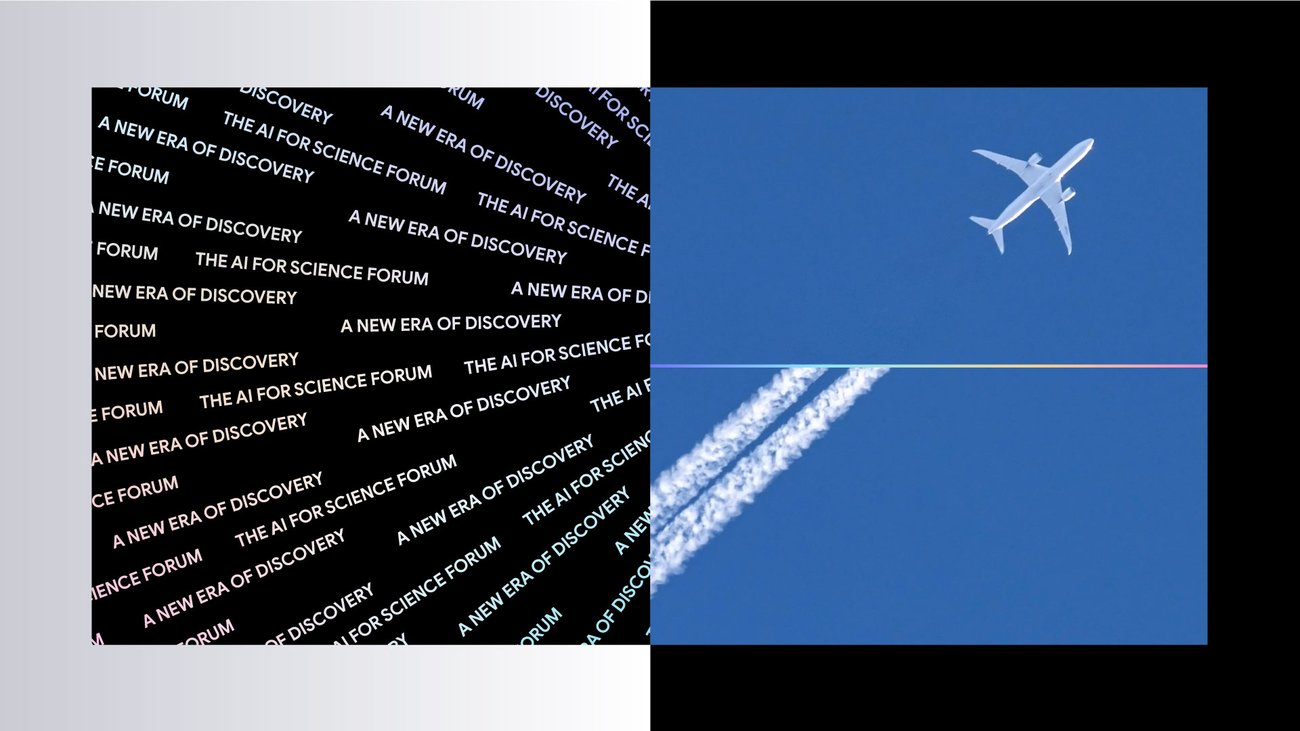1. Solving the 50-Year Puzzle of Protein Structure Prediction
For decades, scientists have grappled with one of biology’s most daunting challenges: understanding how proteins fold into complex three-dimensional shapes. This task, often called a "grand challenge," has been a significant barrier in biological research and medicine. In 2022, a breakthrough came from Google DeepMind, which made a monumental leap in protein structure prediction. Their advanced AI model, AlphaFold 2, was able to predict the 3D structures of proteins with unprecedented speed and accuracy.
Previously, deciphering the structure of a single protein could take researchers over a year. However, AlphaFold 2 can achieve this feat in mere minutes, transforming the landscape of biological research. By making predictions of around 200 million proteins available in a free database, AlphaFold 2 has empowered scientists worldwide. This accessibility has accelerated research in critical areas such as developing new medications, combating antibiotic resistance, and addressing environmental issues like plastic pollution.
Building on this success, the AlphaFold 3 model is being developed to predict not only protein structures but also their interactions with other molecules. This advancement aims to deepen our understanding of life’s molecular machinery, potentially revolutionizing fields such as drug discovery and synthetic biology.
2. Unveiling the Mysteries of the Human Brain to Enhance Health Research
The human brain has long been an enigma, its complexities captivating researchers for centuries. Over a decade of connectomics research has paved the way for groundbreaking developments in neuroscience. In a collaborative effort, Google, alongside partners including the Lichtman Lab at Harvard, mapped a small section of the human brain with unprecedented detail. Released in 2024, this project revealed intricate structures that had never been seen before.
The comprehensive dataset, which includes AI-generated annotations for each brain cell, is now publicly accessible. This resource is expected to significantly boost research efforts, enabling scientists to delve deeper into understanding brain function and disorders. The availability of such detailed information marks a significant milestone in neuroscience, potentially leading to breakthroughs in treating neurological conditions and enhancing cognitive health.
3. Revolutionizing Flood Forecasting to Save Lives
Floods pose significant risks to communities worldwide, often resulting in loss of life and property. In 2018, Google embarked on an ambitious project to enhance flood forecasting using AI technology. At that time, many experts believed accurately predicting floods on a large scale was unattainable due to limited data availability. Nevertheless, Google’s researchers developed a robust AI model capable of reliably forecasting extreme riverine events with up to a five-day lead time.
By 2024, this technology had expanded to cover over 100 countries, potentially benefiting 700 million people globally. The AI model’s accuracy was further improved, allowing for reliable forecasts up to seven days ahead. This advancement represents a significant leap in disaster preparedness, providing communities with critical time to implement safety measures and reduce flood-related damage.
4. Enhancing Wildfire Detection to Aid Firefighters
As climate change leads to hotter and drier conditions, wildfires have become a growing threat to communities worldwide. In response, Google Research collaborated with the U.S. Forest Service in 2024 to develop FireSat, a sophisticated AI model paired with a global satellite network designed to detect and monitor wildfires quickly.
FireSat is engineered to identify fires the size of a classroom and provide high-resolution imagery within 20 minutes. This rapid detection capability enables fire authorities to respond more swiftly, potentially saving lives, property, and natural ecosystems. By improving the speed and accuracy of wildfire detection, this technology offers a vital tool in the fight against increasingly frequent and devastating fires.
5. Advancing Weather Forecasting with Greater Speed and Accuracy
Weather forecasting is an essential tool for planning and safety. In 2023, Google DeepMind introduced GraphCast, a machine learning model that delivers faster and more accurate weather predictions. GraphCast can forecast weather conditions up to 10 days in advance, surpassing the industry-standard weather simulation systems in both speed and accuracy.
Additionally, GraphCast can accurately predict the paths of cyclones and associated risks like flooding. Notably, it successfully forecasted Hurricane Lee’s impact on Nova Scotia three days before traditional models. This capability represents a significant advancement in meteorology, offering more reliable and timely weather forecasts that can aid in disaster preparedness and response.
6. Pushing the Boundaries of Mathematical Reasoning with AI
Artificial intelligence has historically struggled with complex mathematical problems due to limitations in data and reasoning abilities. However, in 2024, Google DeepMind made a breakthrough with AlphaGeometry, an AI system capable of solving intricate geometry problems at a level comparable to a human Olympiad gold medalist.
AlphaGeometry 2, an enhanced version, was developed in conjunction with AlphaProof, and together they solved 83% of historical International Mathematical Olympiad (IMO) geometry problems from the past 25 years. This achievement highlights AI’s growing capacity for reasoning and problem-solving, potentially surpassing human abilities in certain areas. Such advancements bring us closer to developing AI systems capable of discovering and verifying new scientific knowledge.
7. Leveraging Quantum Computing for Superior Chemical Simulations
Quantum computing holds promise for transforming various scientific fields. Google researchers, in collaboration with UC Berkeley and Columbia University, conducted groundbreaking chemistry simulations on a quantum computer. The results, published in 2022, were competitive with classical methods and did not require extensive error correction, a common hurdle in quantum computing.
These simulations enable more accurate predictions of chemical reactivity and kinetics, essential for innovative applications in chemistry. By providing deeper insights into chemical processes, quantum computing could drive advancements in materials science, pharmaceuticals, and environmental solutions.
8. Accelerating Materials Science for Sustainable Energy Solutions
In 2023, Google DeepMind introduced Graph Networks for Materials Exploration (GNoME), an AI tool that has already identified 380,000 materials stable at low temperatures. This development is timely, as the world seeks new approaches to energy, computing power, and materials science.
GNoME’s discoveries could lead to more efficient solar cells, batteries, and potential superconductors, paving the way for sustainable energy solutions. To maximize the benefits of this technology, Google DeepMind has made GNoME’s most stable predictions available through the Materials Project’s open database, fostering collaboration and innovation in the field.
9. Making Strides Toward Nuclear Fusion and Clean Energy
Nuclear fusion, the process powering stars, has long been viewed as a potential source of limitless clean energy. However, harnessing this power has proven elusive. In 2022, Google DeepMind announced a significant advancement in fusion technology, developing an AI capable of autonomously controlling plasma inside a fusion reactor.
By collaborating with the Swiss Plasma Center at EPFL, Google DeepMind created the first system that can autonomously stabilize and shape plasma within an operational fusion reactor. This achievement marks a critical step toward stable fusion, bringing us closer to realizing the dream of abundant, clean energy for all. As research continues, the potential for nuclear fusion to revolutionize our energy systems offers hope for a sustainable future.
For more Information, Refer to this article.


































